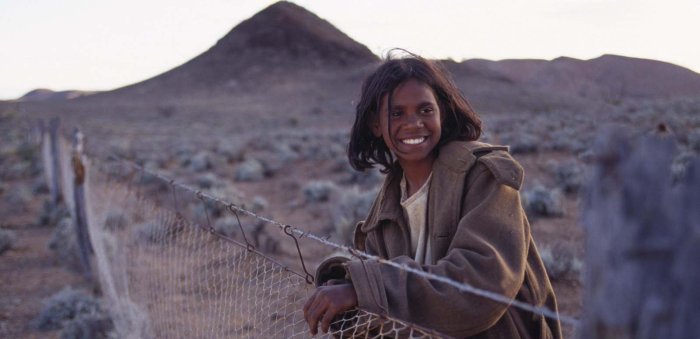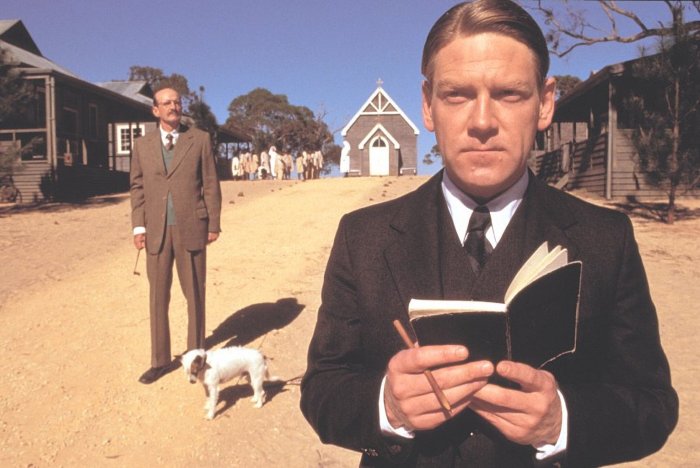Embarking on an exploration of rabbit proof fence questions and answers, we delve into a captivating historical narrative that intertwines the resilience of Aboriginal communities, the complexities of Australian history, and the enduring legacy of resistance.
From the purpose and impact of the fence to the epic journey of the Molly Sisters, this comprehensive guide unveils the multifaceted significance of this iconic landmark.
Historical Context of the Rabbit Proof Fence: Rabbit Proof Fence Questions And Answers
The Rabbit Proof Fence, constructed between 1901 and 1907, was a vast network of fences built across Western Australia to prevent the spread of rabbits from the east. The fence, stretching over 3,200 kilometers, was a significant undertaking that had a profound impact on the Australian landscape and Aboriginal communities.
The fence disrupted traditional Aboriginal trade and travel routes, restricted access to hunting and gathering grounds, and led to the displacement of many Aboriginal people. The construction and maintenance of the fence also resulted in the loss of cultural sites and the disruption of spiritual practices.
The Journey of the Molly Sisters

In 1931, three young Aboriginal girls, Molly Craig, Daisy Kadibil, and Gracie Fields, embarked on a daring escape from the Moore River Native Settlement in Western Australia. They traveled over 2,000 kilometers along the Rabbit Proof Fence, determined to return to their traditional lands.
Their journey was fraught with challenges and obstacles. They faced hunger, exhaustion, and the constant threat of recapture. They also encountered prejudice and hostility from settlers along the way. Despite these challenges, the Molly Sisters persevered, relying on their strength, resilience, and knowledge of the land.
Symbolism and Legacy of the Rabbit Proof Fence

The Rabbit Proof Fence has become a powerful symbol of both oppression and resistance. It represents the forcible removal and displacement of Aboriginal people from their traditional lands and the challenges they faced in maintaining their cultural identity.
The fence also symbolizes the resilience and determination of Aboriginal people. The Molly Sisters’ journey along the fence has inspired countless Australians and has become a symbol of hope and reconciliation.
Artistic Depictions of the Rabbit Proof Fence

The Rabbit Proof Fence has been the subject of numerous artistic depictions, including the acclaimed 2002 film “Rabbit-Proof Fence.” The film, directed by Phillip Noyce, tells the story of the Molly Sisters’ journey and has been praised for its authenticity and emotional impact.
Other artistic representations of the fence include literature, documentaries, and photography. These works have helped to raise awareness of the fence’s historical significance and its ongoing impact on Aboriginal communities.
Conservation and Management of the Rabbit Proof Fence

The Rabbit Proof Fence is a protected heritage site, and there are ongoing efforts to conserve and manage its remains. The fence is a valuable reminder of Australia’s past and continues to serve as a symbol of resilience and hope.
Challenges in preserving the fence include its vast size, the harsh Australian climate, and the need to balance conservation with the needs of local communities. However, there are also opportunities to use the fence as a tool for education and reconciliation.
General Inquiries
What was the primary purpose of the rabbit proof fence?
To prevent the spread of rabbits from Western Australia to the more fertile eastern states.
Who were the Molly Sisters?
Three Aboriginal girls who escaped from the Moore River Native Settlement and traveled over 1,500 miles along the rabbit proof fence.
What is the symbolic significance of the rabbit proof fence?
It represents both the oppression faced by Aboriginal communities and their resilience in the face of adversity.
How has the rabbit proof fence been depicted in popular culture?
Most notably in the 2002 film “Rabbit-Proof Fence” and various documentaries and literary works.

